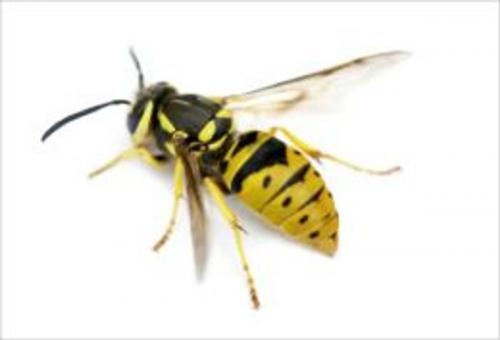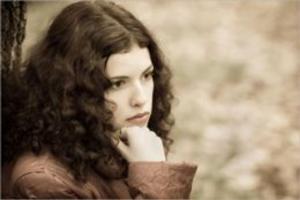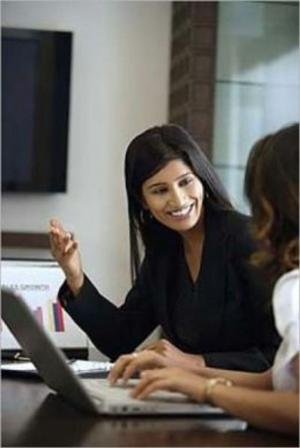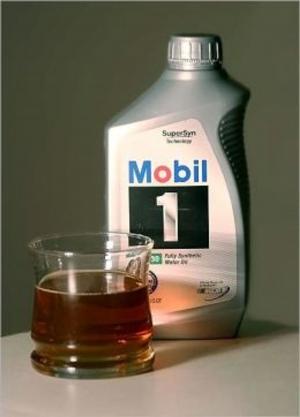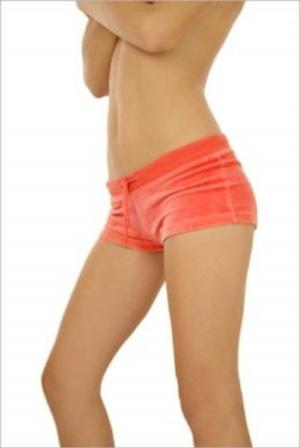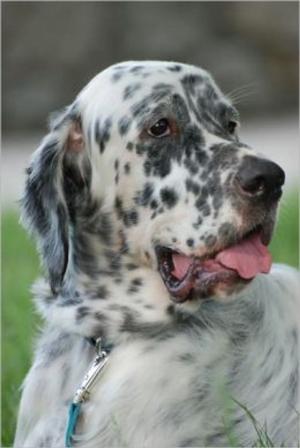A Quick and Easy Guide on How to Get Rid of Yellow Jackets
Nonfiction, Home & Garden, The Home, Outdoor & Recreational Areas, Cleaning & Caretaking| Author: | Orlando French | ISBN: | 1230000107907 |
| Publisher: | Axel Publishing | Publication: | February 19, 2013 |
| Imprint: | Language: | English |
| Author: | Orlando French |
| ISBN: | 1230000107907 |
| Publisher: | Axel Publishing |
| Publication: | February 19, 2013 |
| Imprint: | |
| Language: | English |
A Quick and Easy Guide on How to Get Rid of Yellow Jackets
Yellow jackets get their name from their yellow and black bodies. They measure between 1/2-inch and one inch in length. Most yellow jackets are black and yellow, although some may exhibit white and black coloration. In contrast to the bee, the yellow jacket's waist is thin and defined. Their elongated wings are as long as the body and fold laterally when at rest.
Known to be aggressive defenders of their colonies, yellow jackets are otherwise not quick to sting. The sting of a yellow jacket is painful and each insect is capable of delivering multiple stings. Yellow jacket stings may induce severe allergic reactions in some individuals.
Many yellow jackets are ground-nesters. Their colonies can be found under porches or steps, in sidewalk cracks, around railroad ties, or at the base of trees. Sometimes the queen finds an abandoned rodent burrow to use as a nesting place. Some yellow jackets build aerial nests in bushes or low-hanging branches or in the corners of buildings and other man-made structures.
A colony may contain a thousand workers by fall. All of the workers are sterile females. In late summer males will begin to appear. When they become adults, they will mate with the females that will become the next year's queens. The fertilized females will hibernate through the winter. The workers and the males will perish when the weather turns cold.
Yellow jackets are pollinators and may also be considered beneficial because they eat beetle grubs, flies and other harmful pests. However, they are also known scavengers who eat meat, fish and sugary substances, making them a nuisance near trash receptacles and picnics.
Scroll up... and click on "Buy Now" to deliver almost instantly to your Kobo or other reading device.
A Quick and Easy Guide on How to Get Rid of Yellow Jackets
Yellow jackets get their name from their yellow and black bodies. They measure between 1/2-inch and one inch in length. Most yellow jackets are black and yellow, although some may exhibit white and black coloration. In contrast to the bee, the yellow jacket's waist is thin and defined. Their elongated wings are as long as the body and fold laterally when at rest.
Known to be aggressive defenders of their colonies, yellow jackets are otherwise not quick to sting. The sting of a yellow jacket is painful and each insect is capable of delivering multiple stings. Yellow jacket stings may induce severe allergic reactions in some individuals.
Many yellow jackets are ground-nesters. Their colonies can be found under porches or steps, in sidewalk cracks, around railroad ties, or at the base of trees. Sometimes the queen finds an abandoned rodent burrow to use as a nesting place. Some yellow jackets build aerial nests in bushes or low-hanging branches or in the corners of buildings and other man-made structures.
A colony may contain a thousand workers by fall. All of the workers are sterile females. In late summer males will begin to appear. When they become adults, they will mate with the females that will become the next year's queens. The fertilized females will hibernate through the winter. The workers and the males will perish when the weather turns cold.
Yellow jackets are pollinators and may also be considered beneficial because they eat beetle grubs, flies and other harmful pests. However, they are also known scavengers who eat meat, fish and sugary substances, making them a nuisance near trash receptacles and picnics.
Scroll up... and click on "Buy Now" to deliver almost instantly to your Kobo or other reading device.
